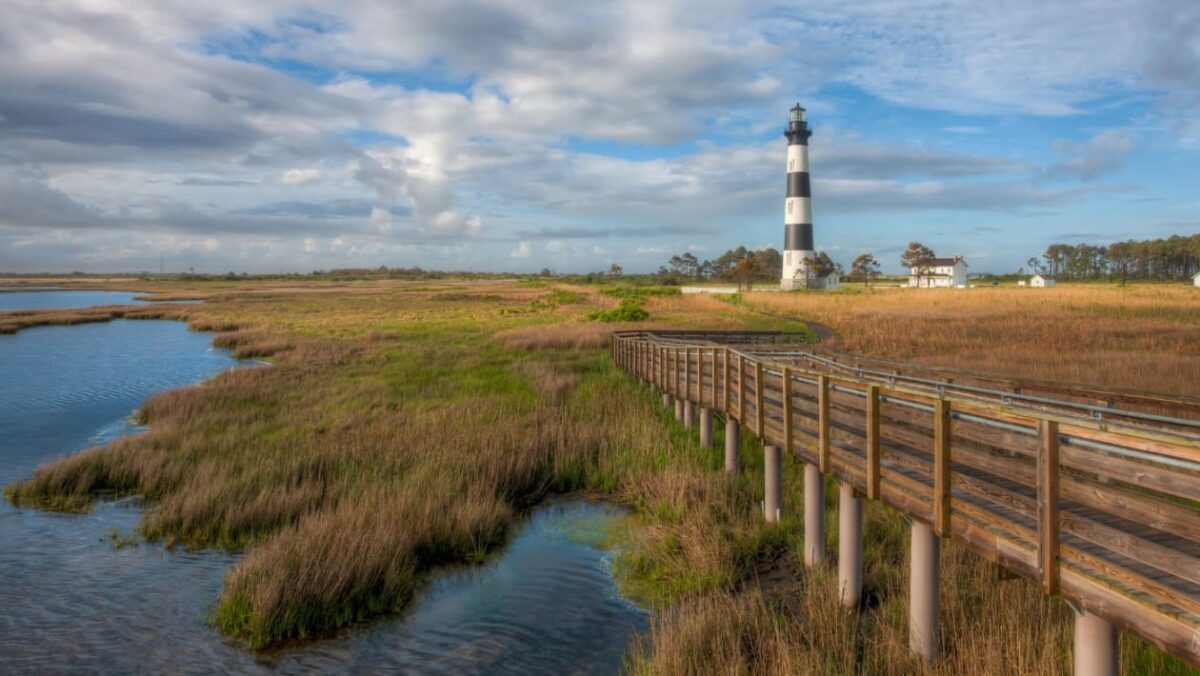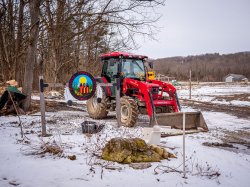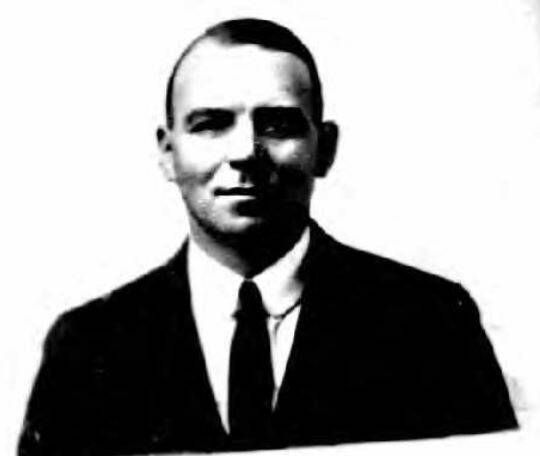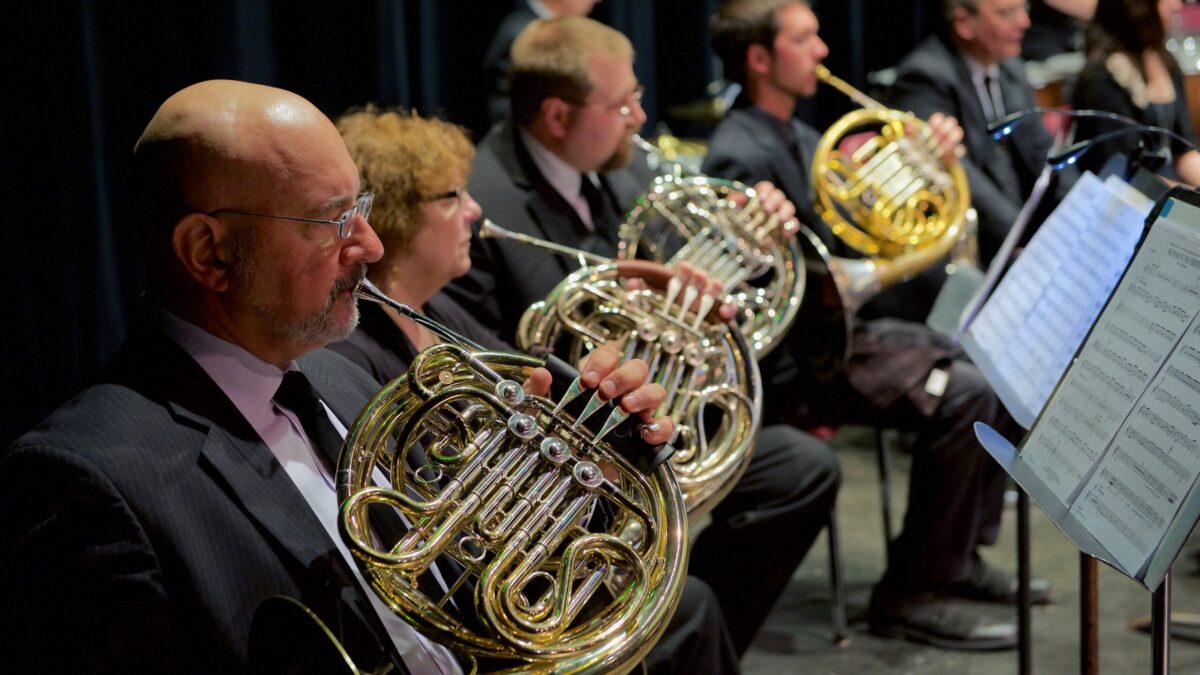A “fragile chain” of barrier islands that shadows the mainland coast of North Carolina for 200 miles, the Outer Banks are well-known in the US for their “sandy, windswept beauty” and rich folklore. And yet they still feel “quiet” and “remote”, says Jacqui Agate in The Daily Telegraph – and make for a wonderful escape from the pressures of modern life. Algonquian-speaking tribes had lived here for 1,000 years when, in 1587, the English established a colony on Roanoke Island – their first in the New World – that later mysteriously vanished. The islands became a playground of the pirate Edward Teach – better known as Blackbeard – and in 1903, the Wright brothers achieved the first controlled, powered flight here.
In the south, the Cape Hatteras National Seashore stretches for 70 miles, its national park status prohibiting development. There are no “tacky souvenir shops” – just miles of woodland, golden beaches and “grass-flecked” dunes. At the park’s southern tip lies Ocracoke, where Blackbeard was slain by Lieutenant Robert Maynard and his crew in 1718, his severed head “hung on Maynard’s bowsprit as a grotesque trophy”. In Ocracoke Village, tree-lined Howard Street is named for the Howard family, descendants of the pirate’s quartermaster. Today, they run Village Craftsmen, “a charming shop filled with curios” made by local artisans. Heading north, you might stop at the Wright Brothers National Memorial, where there’s an interesting museum. Drawn here from Ohio partly by the islands’ steady wind, the brothers then fell in love with the area.
The land where the Lost Colony of 1587 stood is now the Fort Raleigh National Historic Site, and another small museum. Still further north, development has “boomed”, but even here there are “postcard sights”, not least the wild horses of Currituck County, most likely the descendants of working horses that escaped from…


 Farrah Fornarotto, a junior majoring in Anthropology, with minors in Archaeology and Native American and Indigenous Studies, paints a garden sign with the Munsee language word for carrot.
Farrah Fornarotto, a junior majoring in Anthropology, with minors in Archaeology and Native American and Indigenous Studies, paints a garden sign with the Munsee language word for carrot.  An intensive, field-based partnership with the Turtle Clan Ramapough includes work at the Munsee Three Sisters Farm, where Montclair students and professors are helping the tribe’s Indigenous food sovereignty and language revitalization efforts….
An intensive, field-based partnership with the Turtle Clan Ramapough includes work at the Munsee Three Sisters Farm, where Montclair students and professors are helping the tribe’s Indigenous food sovereignty and language revitalization efforts….











